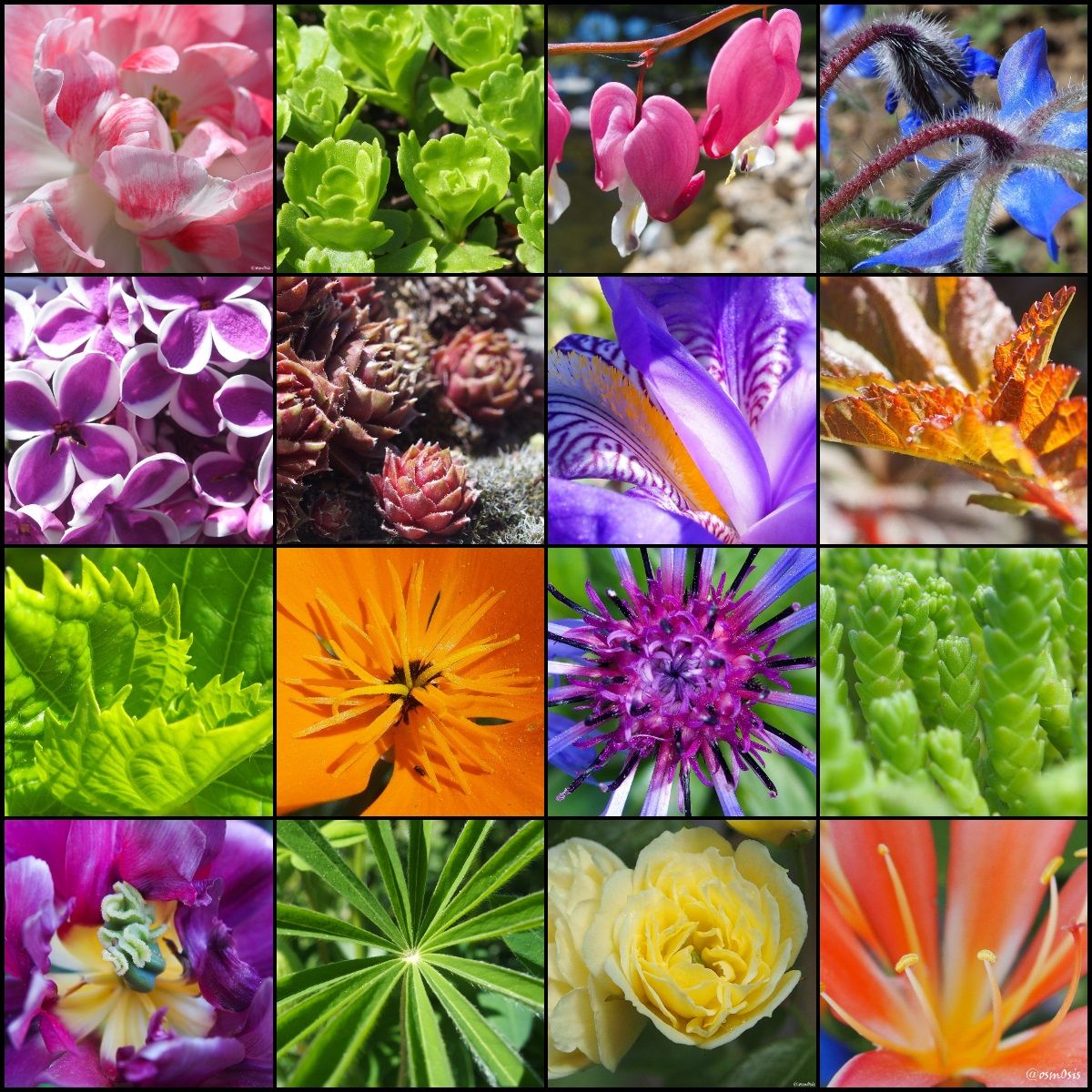
This is the second part of a series where I take you on a visual journey to discover the intricate patterns and designs of our surroundings.
If you would like to read the first part of this series, click on the link to the Patterns of leaves.
Today's theme: FLOWERS
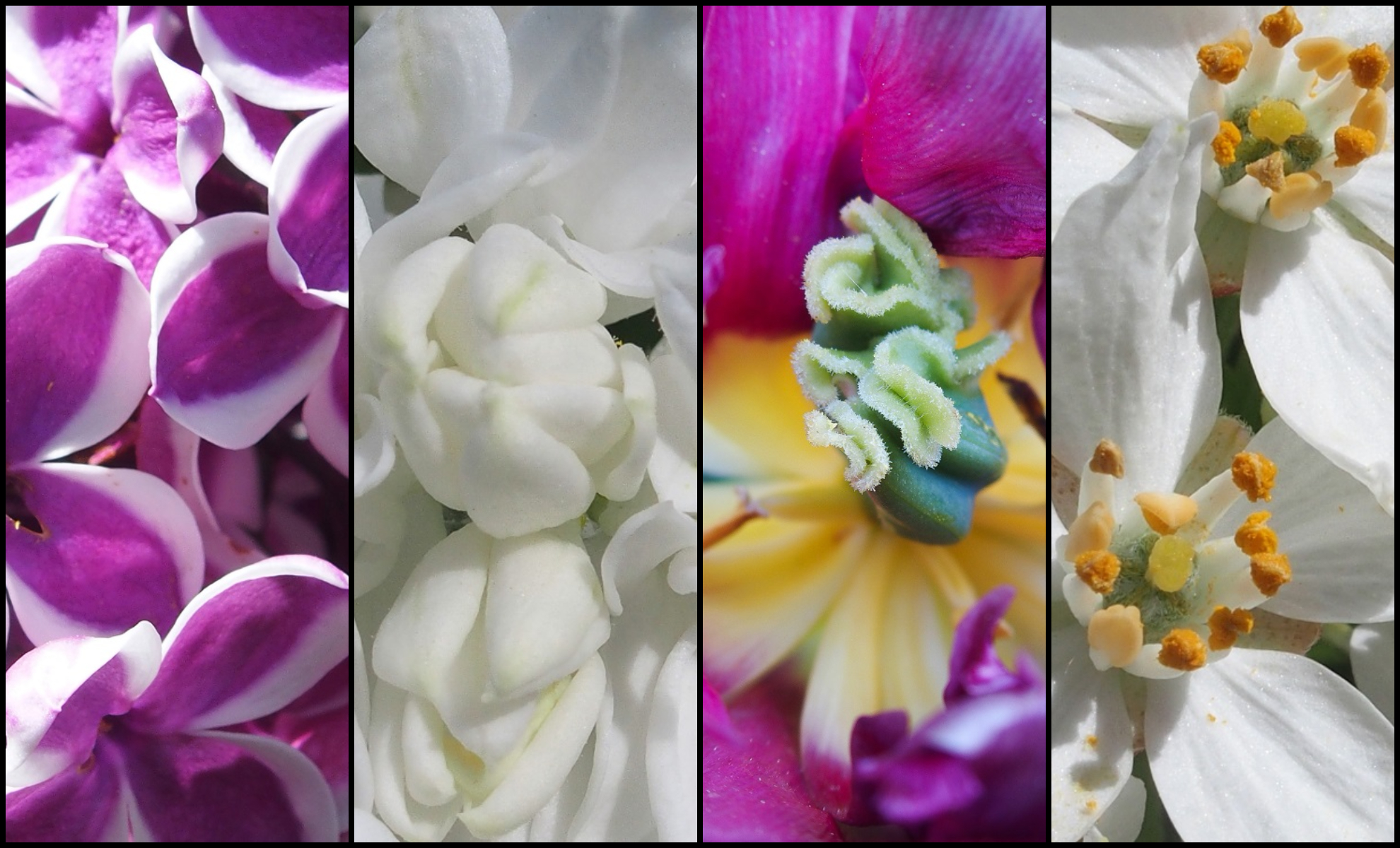
If you feel a bit strange looking at these flowers from up close and are not quite sure why - not to worry it's totally normal, you're just staring at its sex organs 😊
Plants which have flowers are known as Angiosperms, or flowering plants. Pistils and stamens comprise the sex organs of the flower; the PISTIL being the female part that produces the eggs, and the STAMEN the male part that produces the pollen.
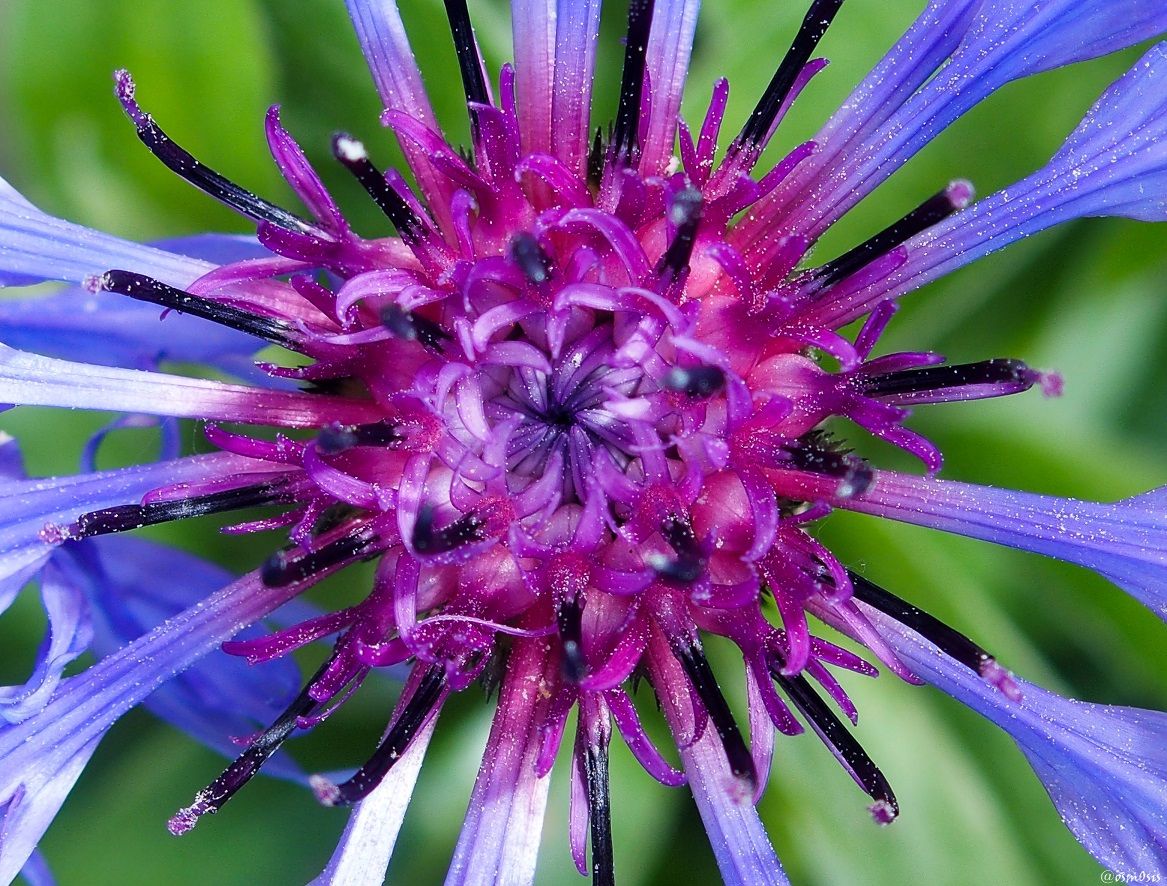
Observe the patterns on this Cornflower.
Do you notice the repetition in the petals? The black stamen forming circular patterns? The pistil in the center and the slight variations/gradations in color?
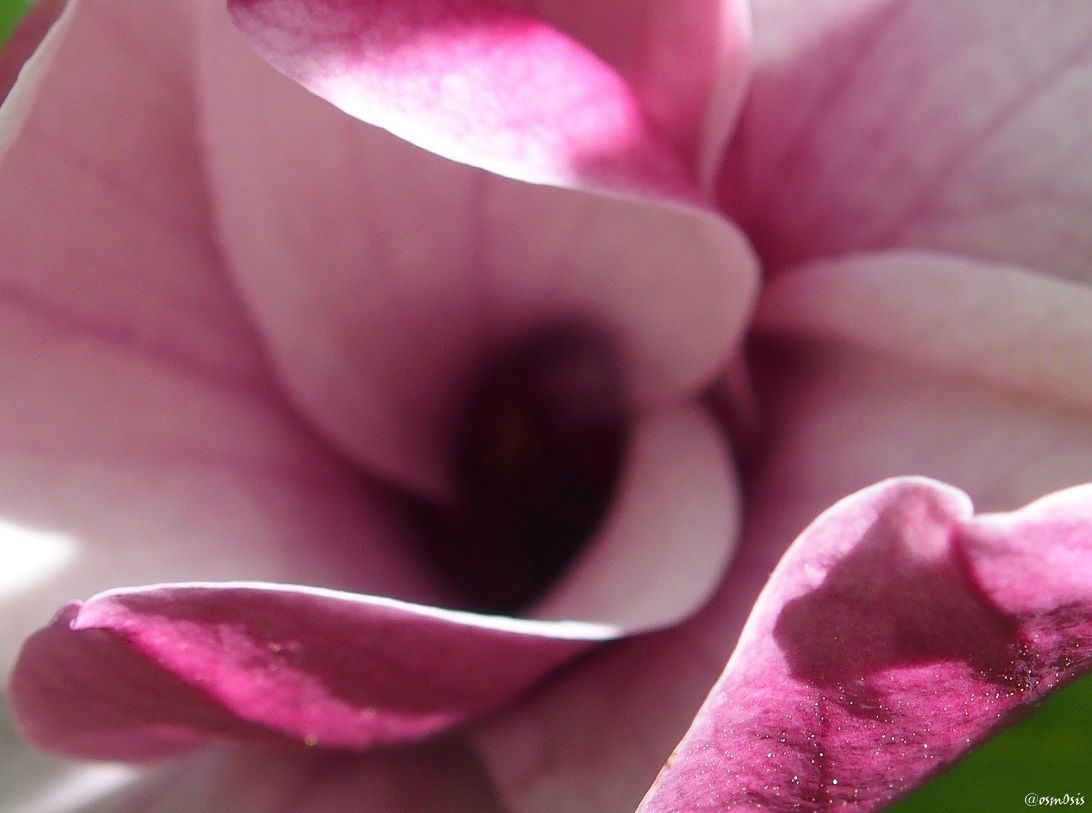
Magnolia Susan
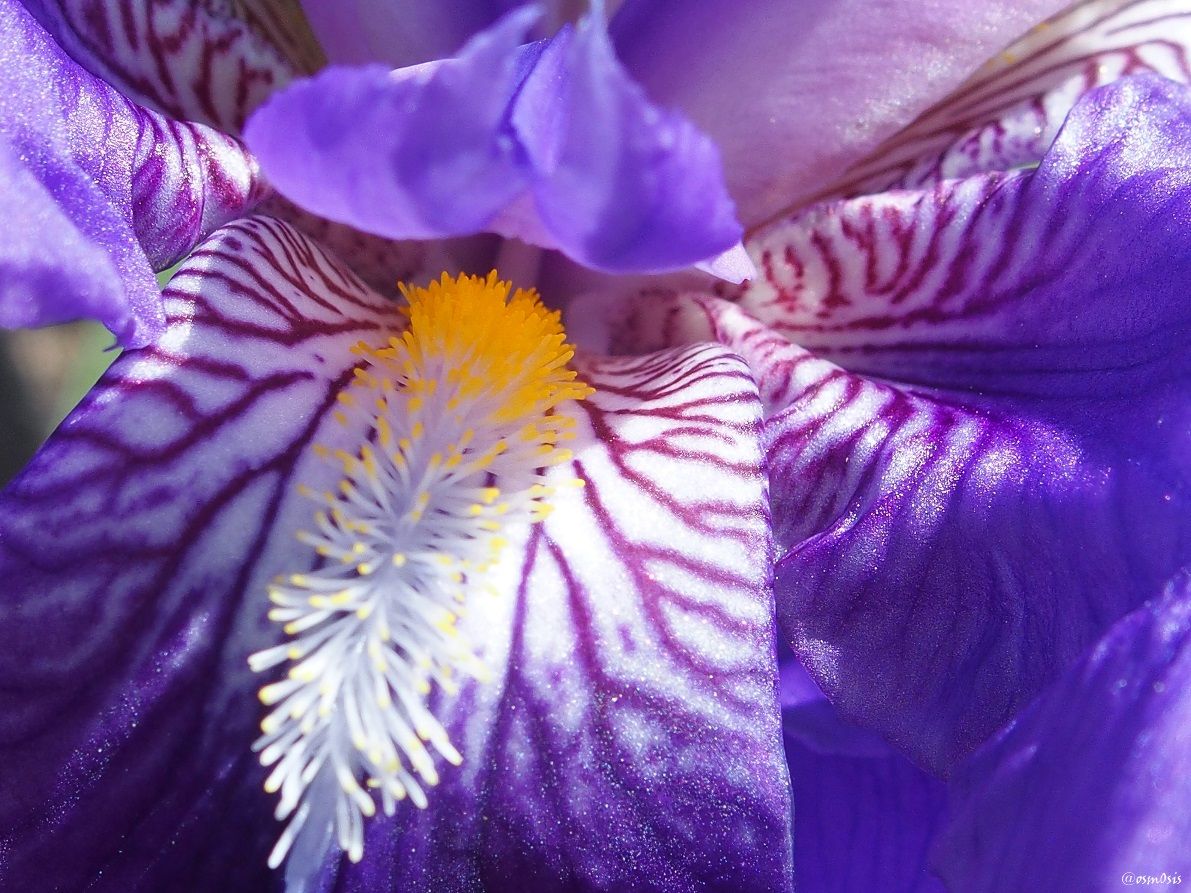
Iris flowers come in a variety of different patterns and colors: yellow, purple, white, black, red, green, brown... The top 3 petals, called the "standards" are often one color, while the bottom 3 (called the "falls") another.
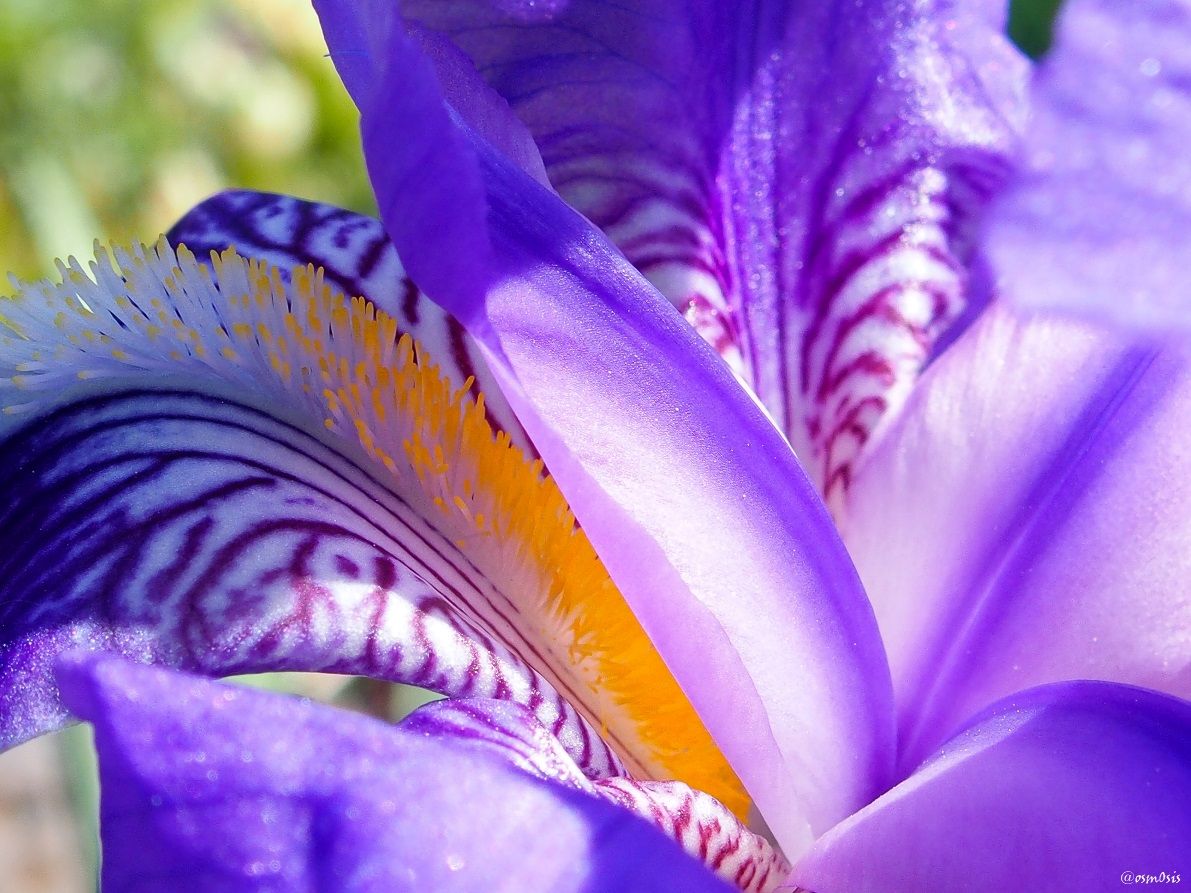
Within every cultural tradition, designs and patterns are often conveyed in variations of lines, colors, shapes, subject matter and purpose.
Why? 2 main reasons: So that new leaves don't block the sun from older leaves, and/or so that the maximum amount of rain or dew gets directed down to the roots.
As we have seen in Part 1 of this series, Fibonacci Numbers are very common in plants. Remember 1, 2, 3, 5, 8, 13, 21, 34, 55 ... etc? These numbers occur in an wide number of places.
Below, notice the Geranium Sanguineum has 5 petals? And the shape of the Daisy's pollen... a perfect Fibonacci swirl. Seeds are produced at the center, and then migrate towards the outside to fill all the space. Please note that this phenomena does not automatically concern all plants - nature has many different methods of survival, and follows its own set of rules....
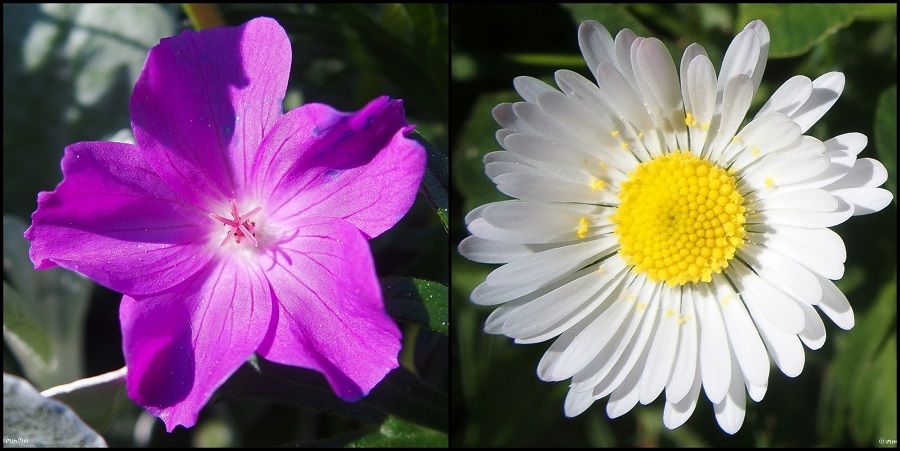
...but if you were to go outside right now and look for a flower, you'd be more than likely surprised to find one of the "magic" number. Do it, I dare you!
Famous examples include: - lily = 3 petals - buttercups = 5 petals - chicory = 21 - daisy = 34 ... and so on
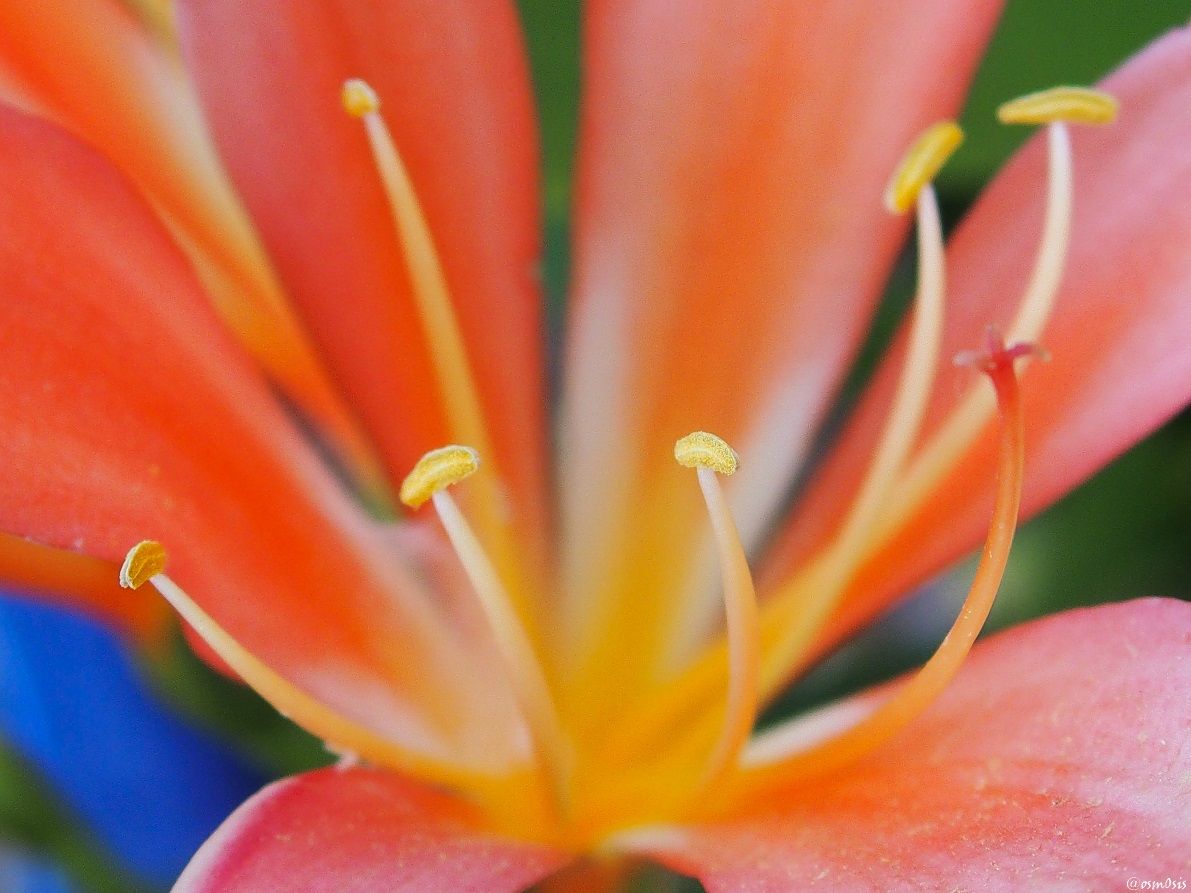
The stamen of the Agapanthus
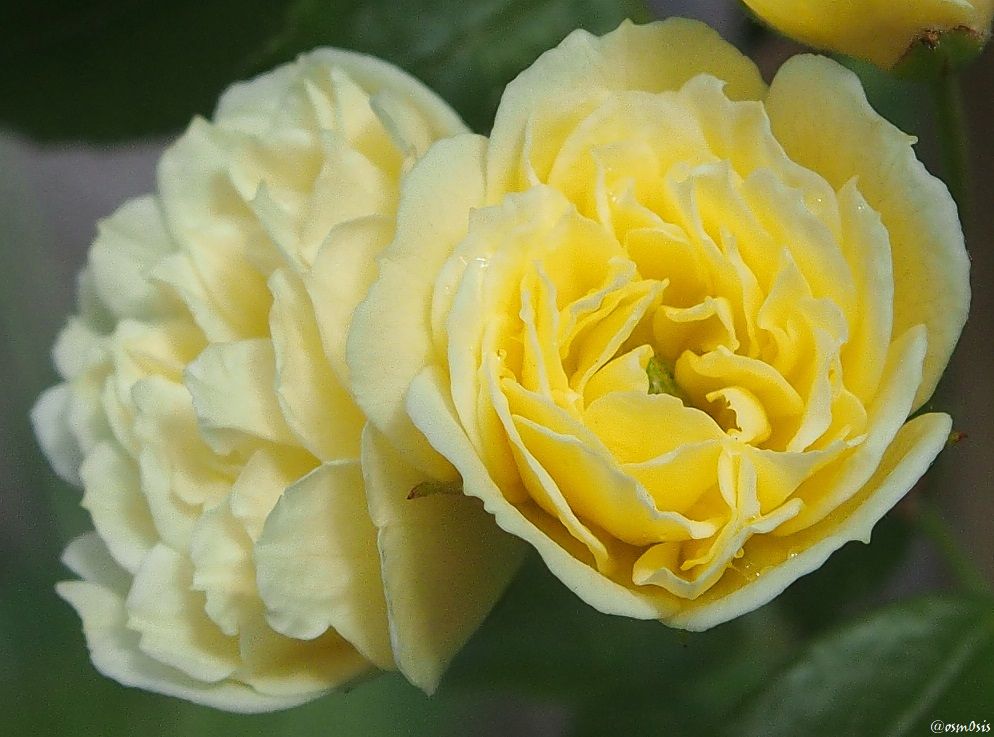
A bumblebee having a pollen party on a thistle
Insects perceive flower patterns only from short distances when they are about to land or are searching for pollen. From further away, flowers display larger-sized patterns using chromatic and achromatic cues within the visual scene that will guide the insect's flight.
This may explain the Pansy's need to create a stronger visual pattern of lines and color within all its whiteness... a sort of helicopter landing pad if you will, with the blue lines pointing to where the insect should land (?)
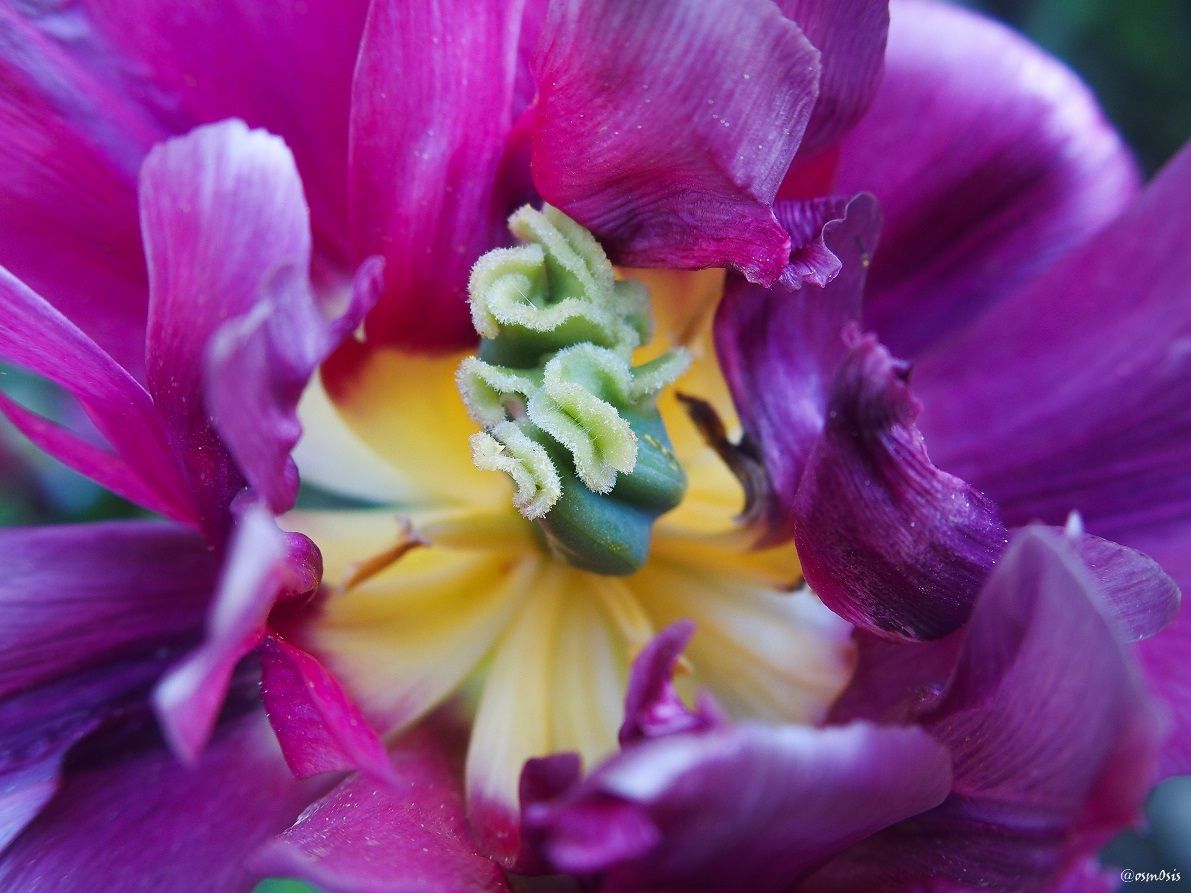
Tulip pistil
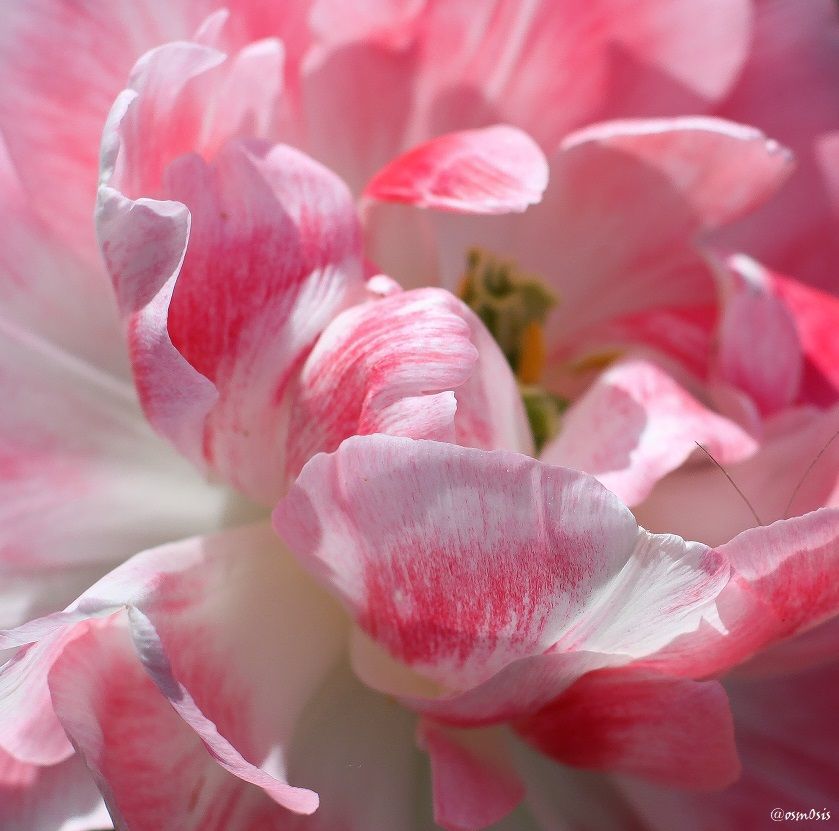
The petals of a flower are generally known to look somewhat well-organised. Where are the patterns in this tulip you may ask? No idea! Apart from its color and faded out pinkish-white feature, I have rarely seen petals as erratic as these ones. Looks like it's at the end of its life cycle.
Oh and don't worry about the 2 hairs you see on your screen to the right... it's just a funny little bug playing hide-and-seek, trying to crash my photo party.
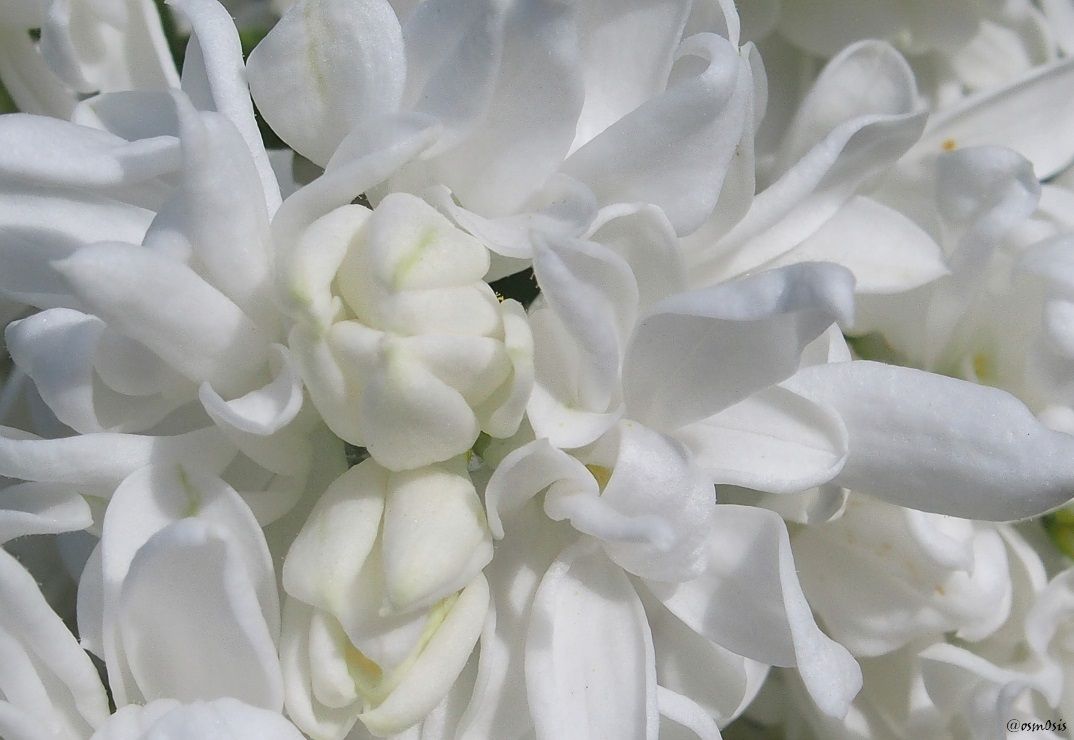
White Lilac or White Syringa

An orchid and its latest inhabitant. I've come to check up on this little guy over the span of a few days and it seems he has rented the place out. Not a bad choice if you ask me. That devil or tiger head design is bound to scare a few curious predators.
Who has not stood in amazement at some of the creative designs the world's most famous orchids have to offer. A real feast for the eyes! Click here to see more of their intriguing designs like the "Flying Duck" or the "White Egret" orchids.
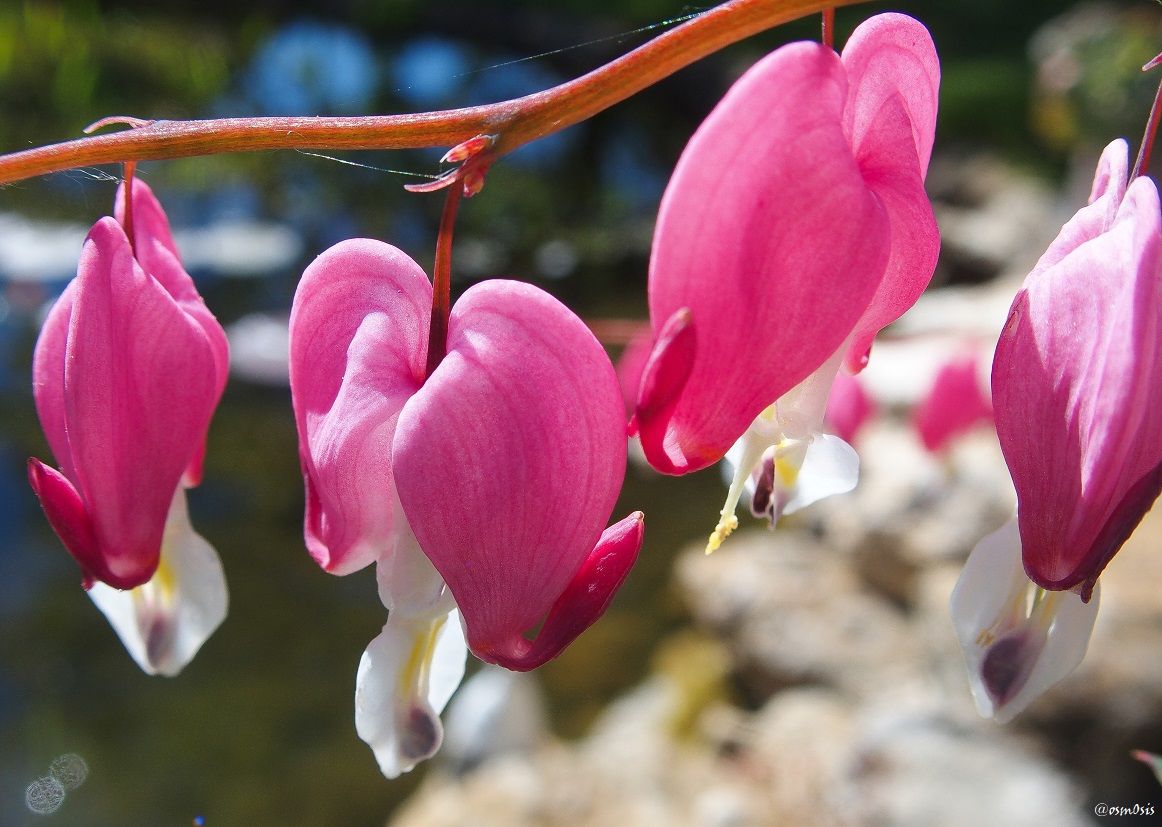
A dangling procession of Lyre flowers
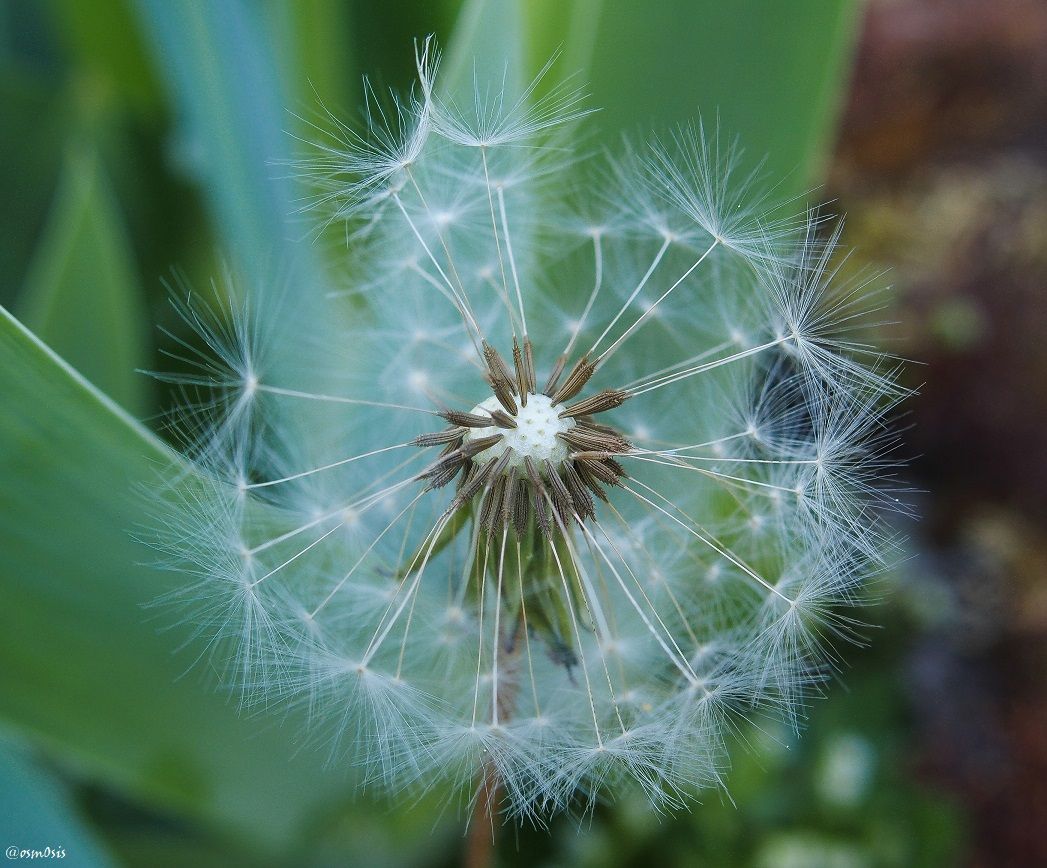
Page divider made by @donnadavisart
All photos and collages in this blog were made by me.
I hope you liked this 2-part series. Don't hesitate to leave comments, ask questions, and share ideas - I love to hear from all of you.
To view some of my previous posts, click on the links below:

Patterns and designs in nature - Leaves
|

The story of an old well and its secrets 2
------------ | -------------
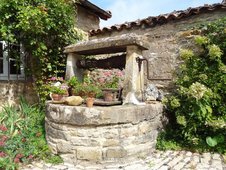.jpg)
The story of an old well and its secrets 1
|

The treasures left behind by my great-grandfather #9
--------------------
“Learning is not a race for information, it is a walk of discovery” - Jane Healy